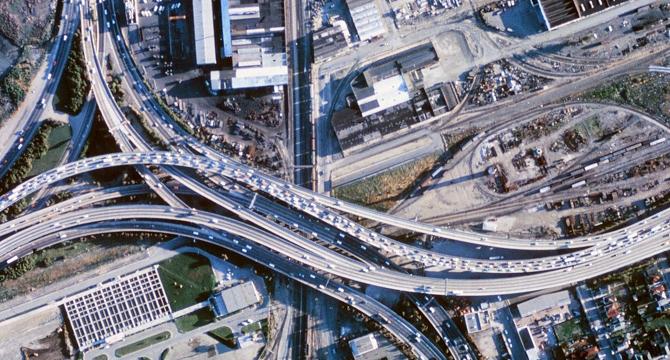Medium
2d
19

Image Credit: Medium
Optimal Transport Theory: From Mathematical Concepts to Real-World Applications
- Optimal transport theory tackles efficient resource movement from sources to destinations, utilizing mathematical frameworks to minimize costs.
- Real-world applications, like goods delivery and resource allocation, benefit from optimal transport theory's systematic approach.
- Game-based examples like the Candy Delivery Game illustrate how mathematical concepts optimize practical resource allocation problems.
- Using cost matrices, optimal paths can be determined by minimizing total transport costs in scenarios like candy delivery mazes.
- The Apple Distribution Game introduces capacity constraints, mirroring real-world resource allocation challenges.
- Mathematically, optimal transport problems aim to minimize total transport costs while ensuring resources reach their destinations efficiently.
- Leonid Kantorovich's linear programming reformulation in the 1940s made optimal transport problems more solvable in varied settings.
- Applications of optimal transport theory span supply chain optimization, market equilibrium, and image processing in diverse fields.
- Real-world applications may involve factors like varying costs, time constraints, and uncertain conditions, addressed by robust optimal transport solutions.
- Computational solutions for optimal transport problems often involve linear programming or specialized algorithms for efficiency in diverse scenarios.
Read Full Article
1 Like
For uninterrupted reading, download the app